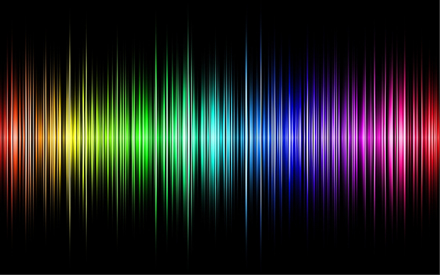|
As one may know, spectrum is one of society’s most valuable
resources. It is also one of the most important topics that standardization
development organizations and international trade associations pay close
attention to.
This column gives you a high-level overview on this topic, and
asks in particular, what is the difference among unlicensed, license-by-rule,
database licensing, and light licensing?
For unlicensed spectrum, users are permitted to operate
radio frequency devices without a license in spectrum designated as unlicensed,
which is also known as licensed-exempt.
Examples include 2.4 GHz, commonly used by Bluetooth, Wi-Fi and other
unlicensed technologies.
In the US, it
means that operators must ensure that radio equipment complies with all the necessary
technical and operating requirements in Part 15 of the FCC’s rules. Once the manufacturers of Part 15
transmitters comply with the equipment’s approval rules, users are free to
operate Part 15 devices without a license.
Licensed spectrum means an exclusive nationwide license is
granted to a particular entity to access the spectrum. Spectrum management—including but not limited
to frequency assignment, transmit power limitation, and antenna height—is
accomplished by different kinds of rules.
In the United States, access to the licensed frequency bands is governed
by Part 95 of the FCC’s rules.

Database licensing refers to a situation where unlicensed
devices operate at certain locations where spectrum is not being used by
licensed counterparts. Examples include
the TV White Space (i.e., 600 MHz band), and in US, the Citizen Broadband Radio
Service (CBRS) (i.e., 3.5 GHz band).
Access to frequency bands and the
operation of these unlicensed devices are managed by a database system that
allows operators to determine whether the frequency bands are available for
unlicensed use.
For example, certain users of white space devices in the
United States are required to register with a TV White Space database. After registration, users are required to
check with the database to determine which frequency bands are available for
use at their designated physical locations.
Users are also required to check the database periodically to ensure
that the frequency bands they use are still available (i.e., the frequency
bands are not required by the licensed counterparts).
Light
licensed spectrum is different from licensed spectrum in that a non-exclusive
nationwide license is granted to a particular entity to access the
spectrum. Examples include 71-76 GHz,
81-86 GHz and 92-95 GHz bands in the United States.
For these frequency bands, the nationwide
license is combined with site-based links obtained through a link registration
process, which allows operations to identify available spectrum in these bands
and register microwave links for interference protection. |